M
I
C
R
O
S
T
O
R
Y
O
F
A
R
T
........................................................

NOW COMPLETED:

........................................................
MICROSTORY OF ART
ONLINE JOURNAL FOR ART, CONNOISSEURSHIP
AND CULTURAL JOURNALISM
........................................................
INDEX | PINBOARD | MICROSTORIES |
FEATURES | SPECIAL EDITIONS |
HISTORY AND THEORY OF ATTRIBUTION |
ETHNOGRAPHY OF CONNOISSEURSHIP |
SEARCH
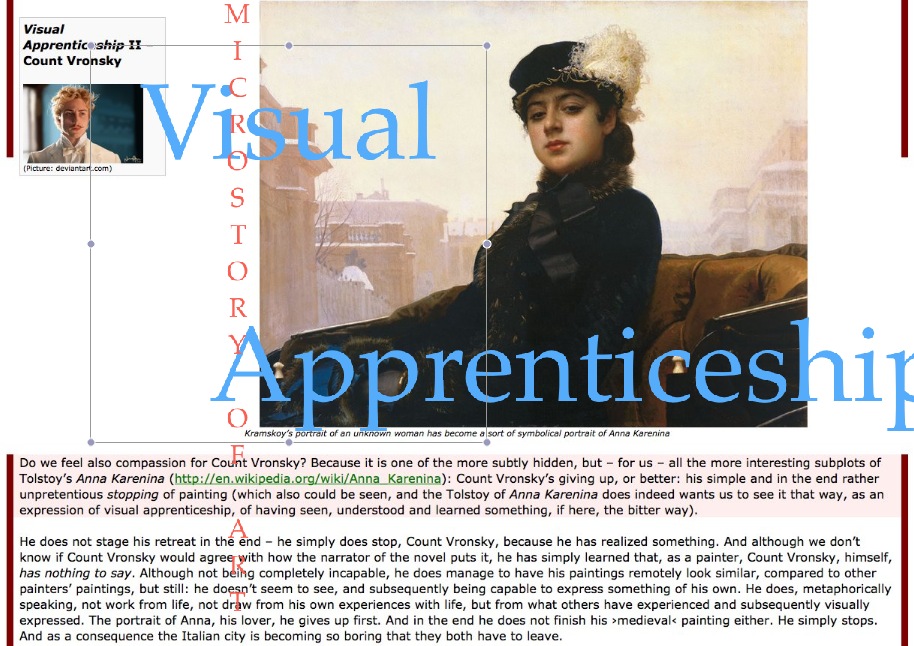
........................................................



 >MICROSTORIES
>MICROSTORIES
- Richard Serra
- Martin Scorsese
- Claude Simon
- Sunshine
- Werner Herzog
- The Creation
- Marcel Duchamp
- Nino Rota
- Wölfflin and Woolf
- Hansjörg Schneider
- Kraftort Arkadien
- Visual Biography
- Schlaraffenleben
- Die Geisteswissenschaften
- The Voyeur
- Buzzword Sustainability
- Paul Verlaine
- Tao Yuanming
- New Beginning
- Seneca
- Still Lifes
- Charles Baudelaire
- Frédéric Chopin
- The Art History of Sustainability
- Wang Wei
- Solarpunk
- Historians of Light
- Lepanto
- Renaturalization
- Plates
- Snow in Provence
- Learning to See
- Picasso Dictionaries
- Peach Blossom Spring
- Picasso Tourism
- Tipping Points
- Sviatoslav Richter
- Weather Reports
- Treasure Hunt
- Another Snowscape in Picasso
- Picasso in 2023
- Dragon Veins
- The Gloomy Day
- The Art of the Pentimento
- Reforestation
- The Status of Painting
- Emergency Supply
- Punctuality
- Watching Traffic
- Zhong Kui
- How Painting Survived the 1990s
- Confirmation Bias
- Sustainability and Luxury
- Garage Bands
- Picasso and Artificial Intelligence
- Eyes of Tomorrow
- Picasso in 2023 2
- Gluing Oneself to Something
- Suburbia
- Bamboo
- Sustainability and Carpe Diem 1
- Interviews with Bruegel
- Sustainability and Carpe Diem 2
- Coffee & Sugar
- Bamboo 2
- Picasso in 2023 3
- Sustainability and Carpe Diem 3
- Cherry Orchard
- Old Magazines
- Chance
- Nick Drake
- Harlequin
- The Smartphone & the Art Book
- Atlas Syndrome
- The Kitchen
- Atlas Syndrome 2
- Consideration
- Tori Amos
- School
- Orchard Auctioning Day
- The Hundred Years’ War
- Sócrates
- Chameleon
- Nefertiti Bust
- Picasso as a Computer
- Sunflowers
- Philemon & Baucis
- Ode to the Radio
- Childhood
- Wimmelbild
- Restitution
- Nick Drake 2
- Wishful Thinking
- Sundays
- The Independent Scholar
- September
- The Fisherman by Pirosmani
- Microadventure
- Sociology
- Salvator Mundi
- Chillon
- Appassionata
- Amber
- Homer
- Berlin
- Planet Walk
- Improvisation
- Seeing Picasso
- These Nice Kids
- Robber
- The One
- The Sea Turtle
- Zoo
- Through the Hush
- Wunderkammer
- I Do Not Seek, I Find
- Shopping Mall
- Food Hamper
- The Secretary
- This Gate
- Nor Rainy Day
- House on a Hill
- Beautiful Island
- Second-hand Bookstore
- Flat
- Slap in the Face
- Serra, Wenkenpark
- Apologies
- The Bells
- Nordmann Fir
- Picasso Wanting To Be Poor
- Picasso, Pirosmani
- A Brief History of Sculpture
- 24 Sunsets
- Rusty Phoenix
- Glove
- Wintry Stanza
- A Song
- Like A Beatle
- Catching An Orange
- Solar Bees
- Permaculture

 >FEATURES
>FEATURES
- Van Gogh On Connoisseurship
- Two Museum’s Men
- Ende Pintrix and the City in Flames
- Titian, Leonardo and the Blue Hour
- The Man with the Golden Helmet: a documentation
- Un Jury d’admission à l’expertise
- Learning to See in Hitler’s Munich
- Leonardo da Vinci and Switzerland
- The Blue Hour Continued
- The Blue Hour in Louis Malle
- Kafka in the Blue Hour
- Blue Matisse
- Blue Hours of Hamburg and LA
- A Brief History of the Cranberry
- The Other Liberale in the House
- The Blue Hour in Raphael
- Who Did Invent the Blue Hour?
- Monet on Sustainability
- Velázquez and Sustainability
- The Blue Hour in Guillaume Apollinaire
- Van Gogh on Sustainability
- The Blue Hour in Marcel Proust
- Picasso and Sustainability
- The Contemporary Blue Hour
- The Blue Hour in 1492
- The Blue Hour in Hopper and Rothko
- Hopper and Sustainability
- The Blue Hour in Ecotopia
- The Hour Blue in Joan Mitchell
- Explaining the Twilight
- The Twilight of Thaw
- The Blue Hour in Pierre Bonnard
- Explaining the Twilight 2
- Picasso on Stalin
- Rubens on Sustainability
- The Salvator Mundi in Bruegel and Rubens
- The Blue Hour in Leonardo da Vinci and Poussin
- The Blue Hour in Rimbaud
- Faking the Dawn
- Frost and Thaw in Ilya Ehrenburg
- Picasso, Stalin, Beria
- Picasso, Solzhenitsyn and the Gulag
- Shostakovich on Picasso
- Hélène Parmelin in 1956
- Historians of Picasso Blue
- Picasso Travelling to Moscow 1
- The Blue Hour in Caravaggio
- Picasso Travelling to Moscow 2
- Picasso, the Knife Game and the Unsettling in Art
- Some Notes on Leonardo da Vinci and Slavery
- Picasso Moving to the Swiss Goldcoast
- The Blue Hour in Camus
- The Blue Hour in Symbolism and Surrealism
- Caspar David Friedrich in His Element
- Exhibiting the Northern Light
- Caspar David Friedrich in His Element 2
- Robert Schumann and the History of the Nocturne
- The Blue Hour in Robert Schumann
- Caspar David Friedrich and Sustainability
- The Twilight of Thaw 2
- Multicultural Twilight
- The Blue Hour in Anton Chekhov
- The Blue Hour in Medieval Art
- Twilight Photography
- The Blue Hour in Bob Dylan
- Iconography of Optimism

 >SPECIAL EDITIONS
>SPECIAL EDITIONS
- Visions of Cosmopolis
- Mona Lisa Landscapes
- Turner and Ruskin at Rheinfelden
- Painters On TV & On TV
- Spazzacamini in Art
- A Last Glance at Le Jardin de Daubigny
- The Experimental Cicerone
- A Dictionary of Imaginary Art Historical Works
- Iconography of Blogging
- Begegnung auf dem Münsterplatz
- Cecom
- Das Projekt Visual Apprenticeship
- Those Who See More
- A Fox on Seeing with the Heart
- Sammlung Werner Weisbach
- Daubigny Revisited
- Some Salvator Mundi Microstories
- Some Salvator Mundi Afterthougths
- Some Salvator Mundi Variations
- Some Salvator Mundi Revisions
- A Salvator Mundi Questionnaire
- A Salvator Mundi Puzzle
- Unknown Melzi
- Francis I and the Crown of Charlemagne
- From Amboise to Fontainebleau
- Drones Above Chambord
- Looking Back At Conques
- Flaubert At Fontainebleau
- Images of Imperial Ideology
- The Chronicles of Santa Maria delle Grazie
- Seeing Right Through Someone
- Melzi the Secretary
- Eying Glass
- A Foil to the Mona Lisa
- A Renaissance of the Cartoon
- Sketching a Family Tree
- Venetian Variations
- A Brief History of Digital Restoring
- A Consortium of Painters
- Leonardeschi and Landscape
- A Christ in Profile
- Learning to See in Spanish Milan
- A History of Gestures
- Leonardo and Josquin
- A Renaissance of the Hybrid
- Suida and Heydenreich
- The Watershed
- Three Veils
- From Beginning to End
- Connoisseurship of AI
- Twilight and Enlightenment
- The Blue Hour in Chinese Painting
- Dusk and Dawn at La Californie
- Iconography of Sustainability
- The Blue Hour in Goethe and Stendhal
- The Sky in Verlaine
- The Blue Hour in Paul Klee
- Iconography of Sustainability 2
- The Blue Hour in Charles Baudelaire
- From Bruegel to Solarpunk
- Some Salvator Mundi Documentaries
- Some More Salvator Mundi Monkey Business
- The Windsor Sleeve
- Brigitte Bardot’s Encounter with Picasso
- Art Historians and Historians
- A Salvator Mundi Chronicle
- The Salvator Mundi and the French Revolution
- The Fontainebleau Group
- The Encounter of Harry Truman with Pablo Picasso
- The Fontainebleau Group Continued
- The Windsor Sleeve Continued
- The Salvator Mundi in Early Netherlandish Painting 1
- Some Salvator Mundi Resources
- A New Salvator Mundi Questionnaire
- The Woman in Picasso
- The Yarborough Group
- Melzi, Figino and the Mona Lisa
- The Yarborough Group Continued
- A Salvator Mundi Global History
- The Salvator Mundi in Medieval Art
- The Salvator Mundi in Medieval Art 2
- The Salvator Mundi in Early Netherlandish Painting 2


 >HISTORY AND THEORY OF ATTRIBUTION
>HISTORY AND THEORY OF ATTRIBUTION
- The Mysterious »Donna Laura Minghetti-Leonardo«
- Assorted Demons of Connoisseurship
- Panofsky Meets Morelli
- Discovering the Eye of Sherlock Holmes
- Handling the Left-handed Hatchings Argument
- Visual History of Connoisseurship
- Alexander Perrig
- Connoisseurship in 2666
- What Postmodernity Has Done to Connoisseurship
- Dividing Four Fab Hands
- A Leonardesque Ambassador
- Test Cases in Connoisseurship
- A Raphael Expertise
- How to Tell Titian from Giorgione
- Louise Richter
- The Unique Property in the History of Connoisseurship
- An Expertise by Berenson
- The Book of Expertises
- An Album of Expertises
- An Expertise by Friedländer
- A Salvator Mundi Provenance
- How to Tell Leonardo from Luini
- An Expertise by Crowe and Cavalcaselle
- An Expertise by Bayersdorfer
- An Expertise by Hermann Voss
- An Expertise by Hofstede de Groot
- Leonardeschi Gold Rush
- An Unknown »Vermeer«
- An Expertise by Roberto Longhi
- An Expertise by Federico Zeri
- A Salvator Mundi Geography
- A Salvator Mundi Atlas
- The Bias of Superficiality
- 32 Ways of Looking at a Puzzle
- James Cahill versus Zhang Daqian
- Five Fallacies in Attribution
- On Why Art History Cannot Be Outsourced to Art Dealers
- On Why Artificial Intelligence Has No Place in Connoisseurship
- Salvator Mundi Scholarship in 2016
- Leonardo da Vinci at the Courts
- The Story of the Lost Axe
- The Last Bruegel
- A Titian Questionnaire
- On Where and Why the Salvator Mundi Authentication Did Fail
- The Problem of Deattribution

 >ETHNOGRAPHY OF CONNOISSEURSHIP
>ETHNOGRAPHY OF CONNOISSEURSHIP
MICROSTORY OF ART
ONLINE JOURNAL FOR ART, CONNOISSEURSHIP
AND CULTURAL JOURNALISM
........................................................
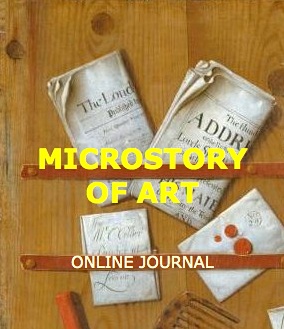
***
ARCHIVE AND FURTHER PROJECTS

1) PRINT


***
2) E-PRODUCTIONS


........................................................

........................................................

........................................................
FORTHCOMING:

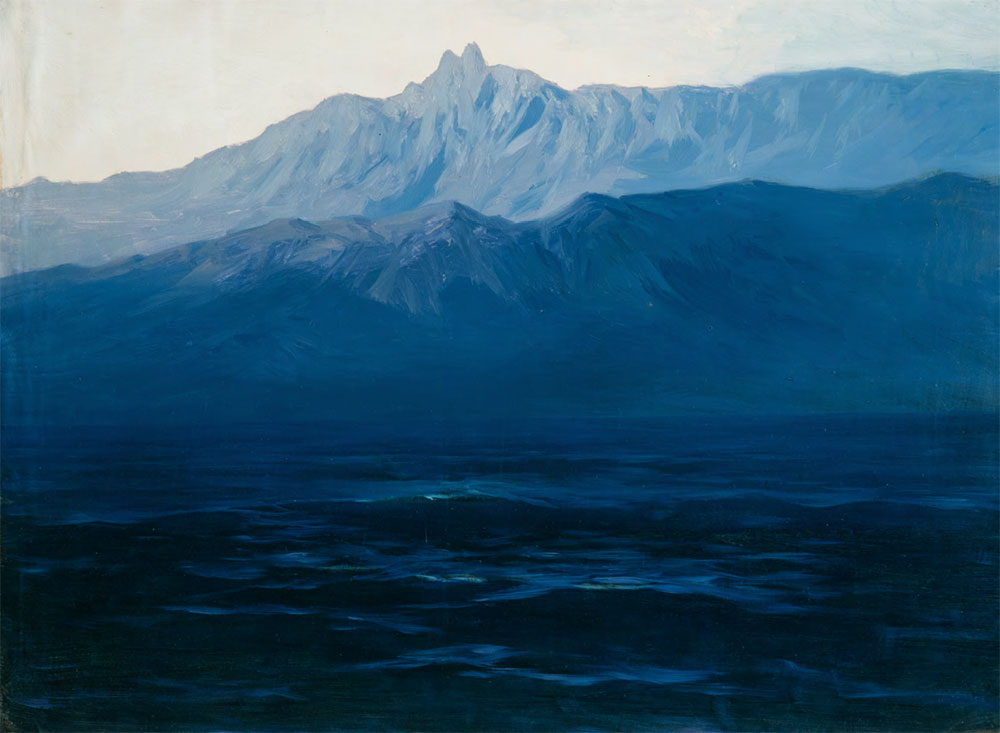
***
3) VARIA

........................................................

........................................................
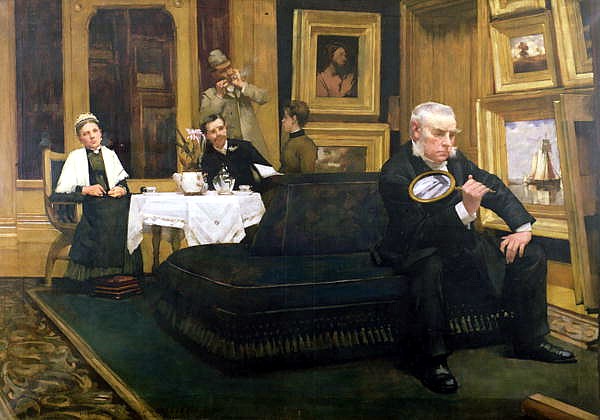
........................................................

........................................................

........................................................
***
THE GIOVANNI MORELLI MONOGRAPH

- The Giovanni Morelli Monograph
........................................................
MICROSTORY OF ART
ONLINE JOURNAL FOR ART, CONNOISSEURSHIP AND CULTURAL JOURNALISM
HOME
Jacob Burckhardt

It is about two rather little known (or at least little discussed) texts by all-known cultural historian Jacob Burckhardt; about two texts which happen to be amongst my favourites: The one – being a lecture on Homer’s land of the Phaeacians (Das Phäakenland Homers; lecture held on November 14th 1876 at Basel) displays – if you understand JB’s home town’s understated tone – to what degree JB loved the Odyssee, this topic in particular, and the figur of Nausicaa very in particular. I’m wondering if other introductions to the Odyssee do exist that – as to beauty – do amount to the beauty of this lecture. In passing by he mentions Rubens’ »wonderful landscape of rocks and the sea« at Palazzo Pitti, also a rendering of this very subject (and I am deploring that no better reproductions exist in public domain than the one we now just show).
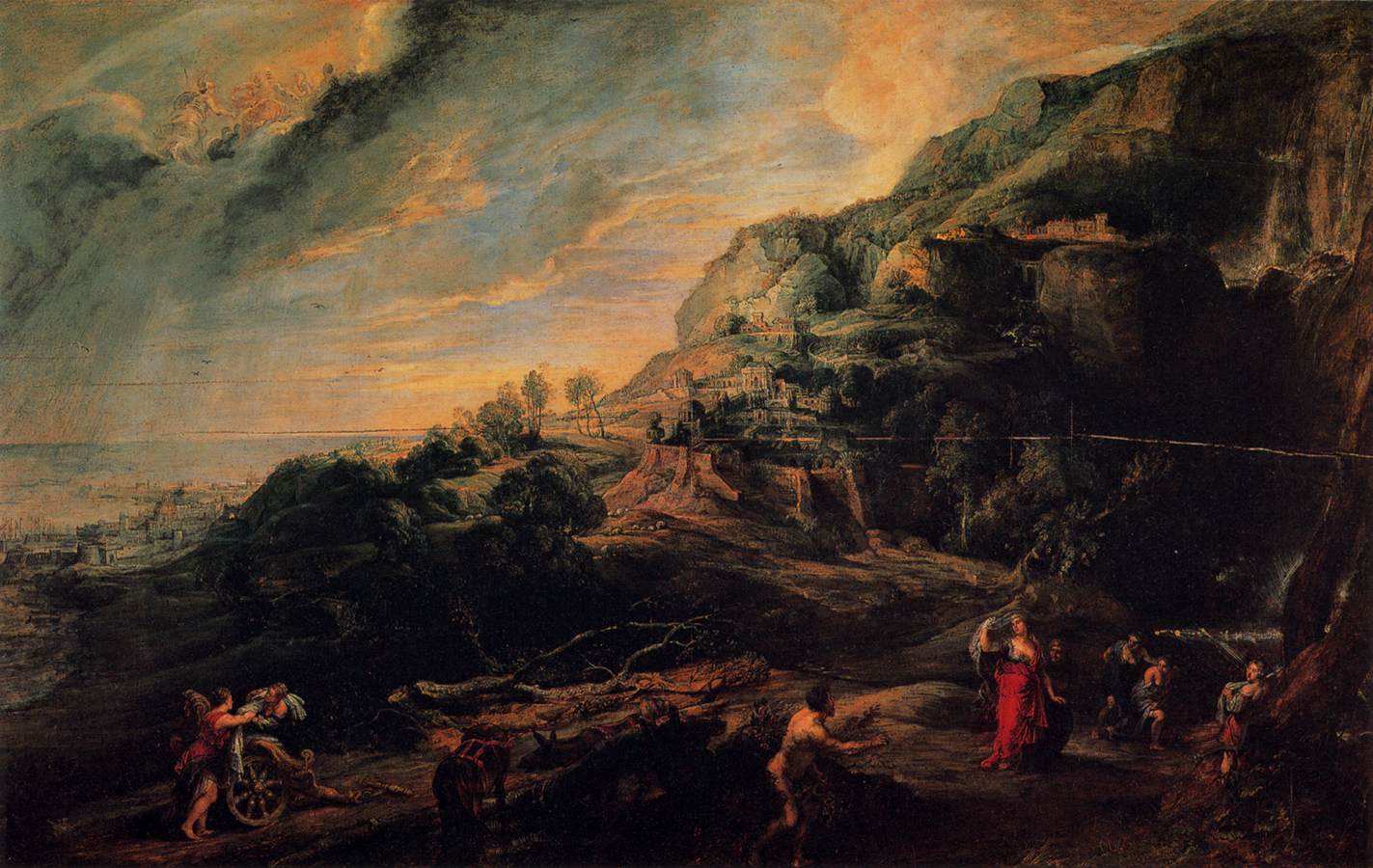
The lecture, although being less suited for our purposes here, interprets the land of the Phaeacians as the »somewhere« where Ulysses has to revive, to recreate, to spread his wings, to become conscious of his own self and his own forces – before re-entering Ithaca.

In re-reading the before mentioned two texts I am becoming now aware that both are – in their particular ways – about this »somewhere«. And if you would think now of Italy immediately – this is not exactly right. Oceans of print have been, of course, spilled about the North’s longing for Italy. But usually it gets a bit forgotten that getting to Italy from the North you might pass through Switzerland and a border region. And the following is about the In-between space, where one does look forward to future joys; or: where one does recreate in coming back and – before actually going back to Ithaca. But where might this »somewhere« be?
As one such place I would mention the Hotel Reichmann at Milan (picture to the left), where almost all the travellers coming from the north gathered and, although being already there, still were preparing for Italy.

(Picture: ub.unibas.ch)
And where they recreated – spread their wings –, if again being on their way home. This, however, is not the place Jacob Burckhardt speaks about. And now we come to the other favourite text of mine that stems from his pen. It is a letter to the architect Max Alioth that JB wrote on July 30th 1878, two years after the Phaeacians lecture notably, and after just entering Italy and reviewing again or already – his actual entrance and his now-being in Italy. And I find it striking that in speaking about the very entrance, in speaking about Chiavenna, 60year old JB mentions a moment of having been blissfully happy without exactly explaining why (the following being, ouf, my translation of this remarkable and playful letter):
To Max Alioth
Gravedona at Lake of Como, Tuesday, July 30th 1878
»I am commencing a letter to you without knowing where I am going to close it, after a big, far-leading morning’s stroll, between all steep, narrow alleys, gardens, little churches erected high above (the town) (»hochhingepfiffenen Kirchlein«) etc. In sum, I walked like inbetween all shifted theatrical decorations.
On Friday in the evening I still did drive to Zurich. On Saturday’s morning to Chur and from here, at eleven o’clock at night (I did drive) over the Splügen; on Sunday at about noon I did arrive at Chiavenna, and off the freezing on the mountain just into the wonderful hot south, where fig trees and high oleander do look over the garden walls. The whole nest is lodged inbetween boulders from hell, high as a house and stemming from a pre-historic crumbling of rocks, inbetween of which and depending on reflection is thriving of plants, whatever there is to grow, since to the Spanish heat adds plenty of flowing water. Adding to that a few simply good vestibules (Vestiboli) with columns facing the courtyard and with a view on all heaps of wine and rocks, since one does only see the sky, if one turns one’s head up high. In the evening, at the church of Loreto (Loretto) and with the view on the whole nest I was blissfully happy.
Yesterday morning, a delightful and desired rain was falling, I drove to the Como lake. NB. on the box with the postillion, who lay down his blanket over my knees, with my expanded umbrella, keeping myself utterly dry. Then by steamer (towards) here, where yet I found the »good« hotel closed, but find myself exquisitely allright in a real Lombardy-albergo. Looking out of my window, if lolling on my bed, I see four mountain-churches, of which the one situated most high is situated vertiginously high. Of meat wares in Italy I have until now eaten nothing but chops, which in the here-tavern have reached the highest degree of excellence. With that I am eating minestra di paste, big beans baked in butter (a delicacy!, tastes like chestnuts) and drinking a hot, but excellent Barbera. In both of the two smeary cafés here I have found a coffee (NB. nero) for 20 Centesimi, which makes me find it mysterious that in a country having such high taxes of import such an excellent coffee can be brewed.
There might be now in Gravedona two remarkable Romanesque churches and other things – but what does it mean held against the majestic villa on rocks situated directly above the lake, which in 1586 cardinal Tolomeo Galli had erected, and this by Pellegrino Tibaldi. – Square, four mighty loggias on the corners, in the center with that giant hall comprising two levels and opening itself by three windows towards a front hall facing the lake. In this front hall, inbetween two columns and to the right and left pilasters of red marble is framed in a view, one actually only would find at Como lake. The favourite side of Tibaldi, however, is the garden side, where the main level of the lake’s side turns to be ground level, because the garden is situated higher above. I know that I have drawn awful forms, and the open central part of the building did result too narrow-chested, and I am drawing Ionian and Tuscan columns like stretched bratwursts, but I do also know that you will be forgiving me.
This building was, in its interior, never finished, and it would be a marvellous task to plaster and to paint out these volte à specchio and other vaults of all sorts! The building as such is perfectly good preserved and healthy. The dukes del Vitto from Naples did inherite it from the cardinal, who – it is most rare – got here, but could not prevent that certi gentiluomini del paese occasionally lodged themselves in at ground level and held orgies of various sorts. Only in 1819 the last of the del Vitto sold this thing to the uncle of the now-owner, the advocate Pero, and now everything is full of cocoon economy; with the known scent, who (my almost dried out ink has been refreshed by good Italian custom with some red wine and I am continuing:) who charmingly reminds me of Naples Anno 46, where I, under the circumspection of the major, who, only a short time ago and with labour, had chased out the last concubine of the late Duca di San Whateverthenamewas, got to know the cocoons as assets of a palace at Portici. Thus respectability has come to Palazzo Pero, too. The mother of the now signore, a great old Donna Lombarda with significant, once certainly superbly beautiful traits, throned in the middle of the giant hall and at a mighty table, framed in by four cocoon harvesting females, and surrounded by other tables with cocoon harvesting females, and when I was drawing in the garden a stately chant was coming from one hall of labourers, wherin those low contralto voices were prevailing, which, at our home, one has to detect with a lantern. – In the evening Signor Pero was at the tavern, i.e. we sat all’italiana in the kitchen and amongst long conversations we drank a very good Vino nostrano, which is, next to the Barbera, not to be dismayed at all, since it does not bash onto your nerves (like the other does). It was the first time in my now yet quite long life that I tippled with the owner of a classic giant building, and the man seemed quite respectable to me…«
Notes and links:
Palazzo Pero, now Palazzo Gallio, as seen from the landside:
Cocoon harvesting/scent: most likely JB does refer here to the ghastly odours, which are to be associated with the production of raw silk; I do consider this passage as an most interesting example as to Burckhardtian irony, since he does use the term »scent«; but whoever consults the literature on silk production knows, that it is about high temperature and organic materials and, in worst case, about rotten organic materials, since the cocoons, whose threads have to be wound up, do swim in almost boiling waters, also meant to kill the silkworms inside the cocoons; it is rather impossible, given the context, that JB does refer to the fact that living silkworms, who have to be raised, are seemingly averse to bad odours (again according to the literature)
Various wines: upcoming (still learning)
Theatrical decorations: with other Olympians of art history JB shared a more or less secret passion for the theatre; probably not as big as Giovanni Morelli’s though, who still cherished the dream to become a playwright, when he was 40 years old; but maybe comparable to that of Aby Warburg, who, according to Ernst Gombrich’s biography, quoting from Warburg’s diary, considered himself a »latent playwright« in feeling an affinity with George Bernard Shaw (http://en.wikipedia.org/wiki/George_Bernard_Shaw) in 1909
Great old lady: see also http://www.seybold.ch/Dietrich/Spotlight5CircleOfMorelliOrTheThreeLivesOfDonnaLauraMinghetti
Translations of various architectural terms: have to be checked
_____________________________________________________________________________
Chiavenna:
Church of Loreto (picture: schoella): http://www.panoramio.com/photo/3974514
And a view onto the nest from Belvedere (picture: schoella): http://www.panoramio.com/photo/3975980
What JB means by »hochhingepfiffenen« is not exactly clear to me; it might refer to little churches situated high above the town, and erected at such high above places with the nonchalence of a single siffle
_____________________________________________________________________________

Splügenpass (picture: Leonce49)
And finally note in what way JB prepared for his re-entering of Ithaca, in what way he spread his wings: He felt like speaking in rhymes, sitting in a café »am Korso« of Milan on August 30th of 1878, and evokes – in an almost expressionistic way – his »sweat of fears« instigated by his home town’s narrow rows of houses »imploding just above him«. This letter »closes« in a certain way the above quoted one.
The next letter, at least in the edition that I am using here, stems from Basel. It’s dated December 9th of 1878.
Rows of houses at Basel, close to where the university was situated at JB’s times (pictures: Manfred Witzig): http://blog.witzig-net.de/gallery/basel-martinsgasse
And the place where Jacob Burckhardt lived and worked (but if you did read this far, you might share a feeling with me that this conventional expression does not make all too much sense): http://query.staatsarchiv.bs.ch/query/detail.aspx?ID=482907

And this last image does not speak more than a thousand words, but – as I believe – exactly five; in a gentle-sarcastic Burckhardtian way it is saying «back to work you go«:
MICROSTORY OF ART
ONLINE JOURNAL FOR ART, CONNOISSEURSHIP AND CULTURAL JOURNALISM
HOME
© DS
